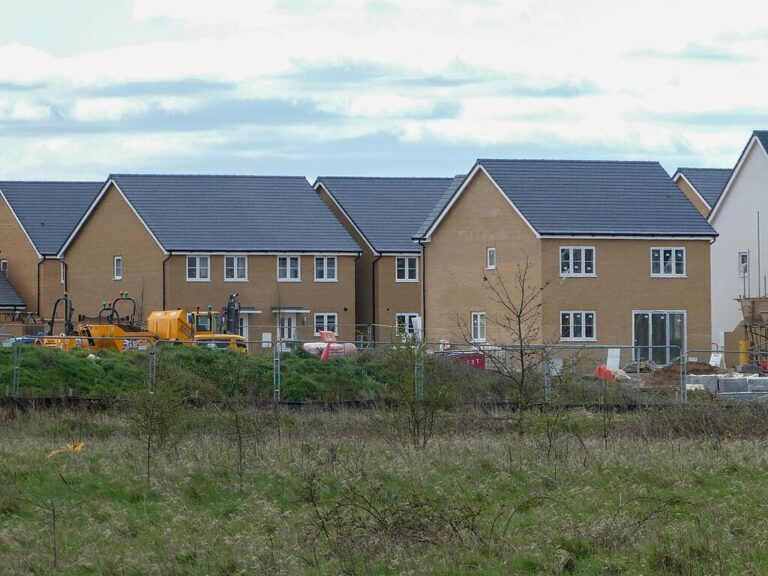New-build homes’ exposure to flooding: a comparative analysis between France and the UK

Download
In many parts of the world the costs of flooding are projected to rise sharply due to climate change and urbanisation in flood-prone areas. This study compares the rate of construction in high-risk zones across France and the UK, and discusses the impact of insurance and urban planning policies.
In both France and the UK, the housing stock in flood-prone areas continues to grow substantially every year. In France, second homes are overrepresented in flood-risk zones. Both countries show higher rates of flood risk exposure in low-income neighbourhoods. This raises concerns about the emergence of socially deprived areas at high risk of flooding that may not have access to insurance, sometimes referred to as ‘flood ghettos’. While insurance is subsidised in both countries, a key distinction is that at-risk new-build homes in the UK do not benefit from subsidised rates, whereas they do in France. However, this difference does not appear to substantially deter construction in risky areas in the UK compared with France.
The paper’s findings highlight challenges in balancing risk reduction, affordability and sustainable development.
Key points for decision-makers
- This study investigates the case of France and the UK to gain insights on the role of public policy and insurance in addressing the challenges associated with the accumulation of new uninsurable dwellings in flood-prone areas. Up to now, in both countries, urban planning regulation does not seem to have played an efficient role in reducing new construction in flood-prone areas.
- Low-income households are more likely not to buy insurance if costs are high. As they become increasingly exposed to flood risk, there is thus a growing need to subsidise insurance in order to provide it at an affordable cost.
- However, providing subsidised insurance regardless of flood risk levels may lead to higher demand for these locations and increase new construction even more. Therefore, subsidising insurance may also worsen the problem unless there is more stringent regulation to limit new construction in flood-prone locations.
- The UK has chosen to remove new-build homes from the government–insurer Flood Re scheme (currently, every insurer who joins the Flood Re scheme raises a levy on each home insurance policy that is used to provide subsidised cover for flood risk in high-risk areas). In contrast, the French CatNat system provides subsidised insurance to all households, including those buying new-build homes.
- In France, one potential avenue for insurance would be to target subsidies to households that are most in need more effectively. This could imply removing second homes from the subsidised scheme or imposing a surcharge on their owners, given that they represent a substantial share of newly built homes in high-risk areas.
- In the UK, the main focus lies on reducing flood risk as a whole to enable a transition to fully risk-based pricing with the planned end of Flood Re in 2039.

